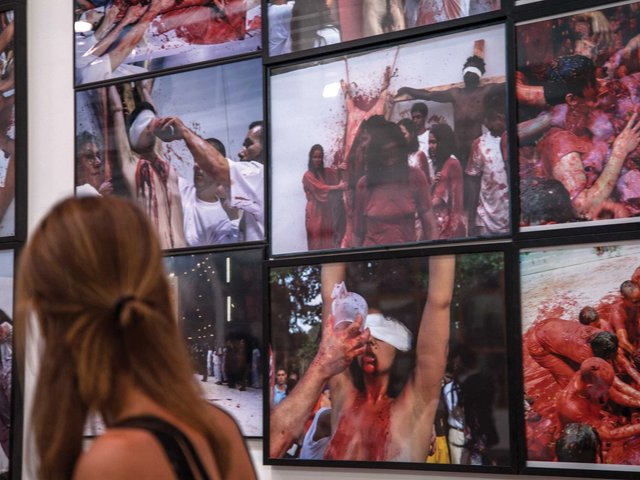The Art Newspaper: How did you become involved in art law?
Mark Stephens: My father was a painter of no great repute. I grew up with and among artists and spent most Sundays in the Tate, dragging round behind him and I became interested in art. Like any 17 or 18-year-old, I was very interested in music. I started work managing some pop groups and being involved with this area of music. Our lodger at this time was the man who published the music for Pink Floyd, Peter Barnes. He and my father tricked me into becoming a lawyer. I started doing legal work with musical artists. I realised that they were getting quite a lot of legal representation, obviously not as much as now, but that people in the theatre and arts world were not. At about the same time (1976) Henry Lydiate did a survey of legal needs and came to the conclusion that artists had a lot of unmet legal needs. He formed an organisation called Art Law and I became its legal director because I believed that artists needed the legal advice that they couldn’t otherwise get. So it became a sort of national legal advice centre for artists.
And the law firm Stephens Innocent, did it rise from the ashes of the Art Law organisation?
Art Law was core-funded by a grant from the Arts Council. The grants were cut in 1984 and we incorporated Art Law into Stephens Innocent, as a private law firm. So artists came and we gave them advice which instead of being free was funded by legal aid, as all of them qualified!
Where does the art world brush with the censorial provisions of English Law most frequently?
Well, the law is not so significant compared to other factors. Economics and funding limit it the most; look at the National Endowment for the Arts in the US and the fuss over Mapplethorpe and Andre Serrano. Over here an example would be the feminist artist, Sue Coe, one of whose works incorporated an abnormally large erect penis, which was taken out of an exhibition because a Conservative blue-rinse councillor objected. We had to threaten to sue the local authority gallery for breach of contract. In all societies there is censorship; it just so happens that here in the UK we have a problem with sex and things obscene. In South Korea, political art is the target. For example, the artist Hong Thong-dam was sent to prison for depicting the Kwang Ju incident in 1980 where several hundred civilians were killed by the military.
How many censorship cases are brought in England a year?
Literally thousands. I mean the police bring thousands against pornographic films and obscene publications.
But against “art?”
Very few; one every two years.
What limitation on an artist’s right to free expression do you personally consider to be justified?
Almost none. Actually, I believe that law should only intercede when a normal rational person will be so provoked that he could not reasonably restrain himself from committing acts of violence, crime and disorder. This might also encompass acts directed towards the artist. So in the case of pedophilia, I might be tempted to punch the artist, but obviously the law would expect any reasonable person to turn their back and vote with their feet.
Do juries generally give a greater latitude to art?
They can do. It is very important that the jury get the art in context. Twelve navvies from Bethnal Green are likely to have a circumscribed view of what constitutes art. For example, they won’t recognise a Carl Andre or a Damien Hirst. But they did in the Boggs bank-note case (see facing page). We had Sandy Nairne (then curator of the Oxford Museum of Modern Art) and Rene Gimpel (dealer) and Michael Compton (the former keeper of the Modern collection at the Tate) there to give evidence. But in the “Human Earrings” case, although we had Andrew Logan (artist) and Dr Jonathan Miller ready to put the art in context, we couldn’t bring them in. Instead the mannequin’s head was brought into court and judged as it was.
• Originally appeared in The Art Newspaper with the headline "Censorship: a lawyer’s view"


